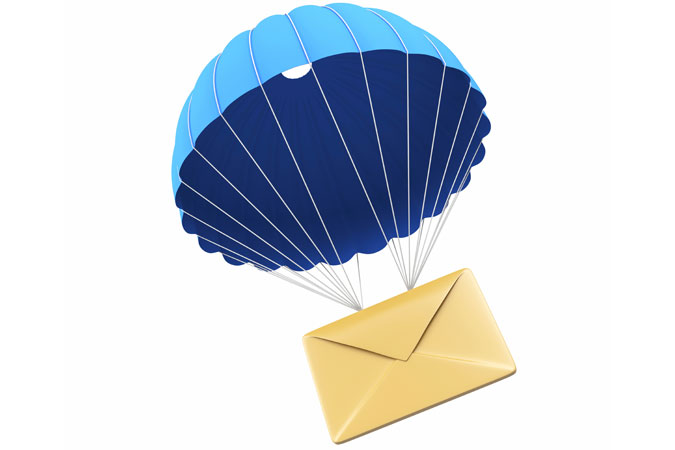
Whether using it to work, to keep in touch, to learn, or to conduct business, e-mail has become an integral part of how we communicate. Add to this our ability to access e-mail through mobile devices, and we can clearly see its benefit as a communication tool for religious education programs.
A Few Things About E-mail
E-mail is flexible. While Facebook and Twitter are great for reaching your entire parent community with broad-based messaging, e-mail allows you to focus interactions and adapt to the needs of specific groups and individuals. You can send one e-mail to all parents in your community, target specific grade or age levels, or direct a note to one particular person.
E-mail is cost-effective. You can reach large groups without the financial investment of postage. You also have the ability to attach documents and forms to e-mails, allowing receivers to print their own copies. This saves time, paper, and ink.
E-mail is best when it isn’t overused. We’ve all experienced the effects of junk e-mail and spamming. Parents will not respond to a constant barrage of messaging. In fact, flooding their inboxes will have the opposite effect and result in your messages being trashed before they are even read. Be organized, be concise, and be considerate of your readers’ time.
10 Suggestions for Using E-mail to Improve Parish-Parent Communications
Here are some suggestions for using e-mail to improve parish communications with parents.
- Request parent e-mail addresses along with other contact information at the time of registration. Consider including a question about preferred method of communication. Some parents check e-mail more frequently than others. Let parents know if you plan to use e-mail regularly.
- Send an e-mail at the beginning of each month highlighting events, activities, and special sessions that affect your religious education schedule. Include deadlines and reminders.
- Encourage catechists to e-mail parents with short previews of weekly lesson topics. Invite them to include a pre-lesson question or idea to get young people thinking about what they will be learning in class.
- Direct follow-up e-mails to families who miss deadlines for forms or fee payments. Immediate communication helps to address simple oversights and attend to issues that may require more assistance.
- Use e-mail as a means to schedule and coordinate meetings with groups or individuals.
- Send reminders for upcoming events or meetings. Include attachments with handouts such as agendas or background articles for parents to print and preview at home.
- E-mail cards and greetings for special liturgical celebrations and seasons.
- Recognize young people and groups for special achievements.
- Thank volunteers for their service.
- Monitor your e-mail regularly, and respond to parent concerns and questions in a timely manner.
E-mail is a dynamic tool that has the potential to improve your communication with parents. Let us know how e-mail fits into your religious education program.
—
Dee Skomer is a writer and editor in the Chicagoland area and co-founder of Bound By Grace Press. She has been involved in various projects with Loyola Press including Finding God and Christ Our Life, and has written the “Family as a Spiritual Path” column for the online parent newsletter. As a former teacher and catechist, Dee is very interested in faith formation at the parish level.





Be the first to comment